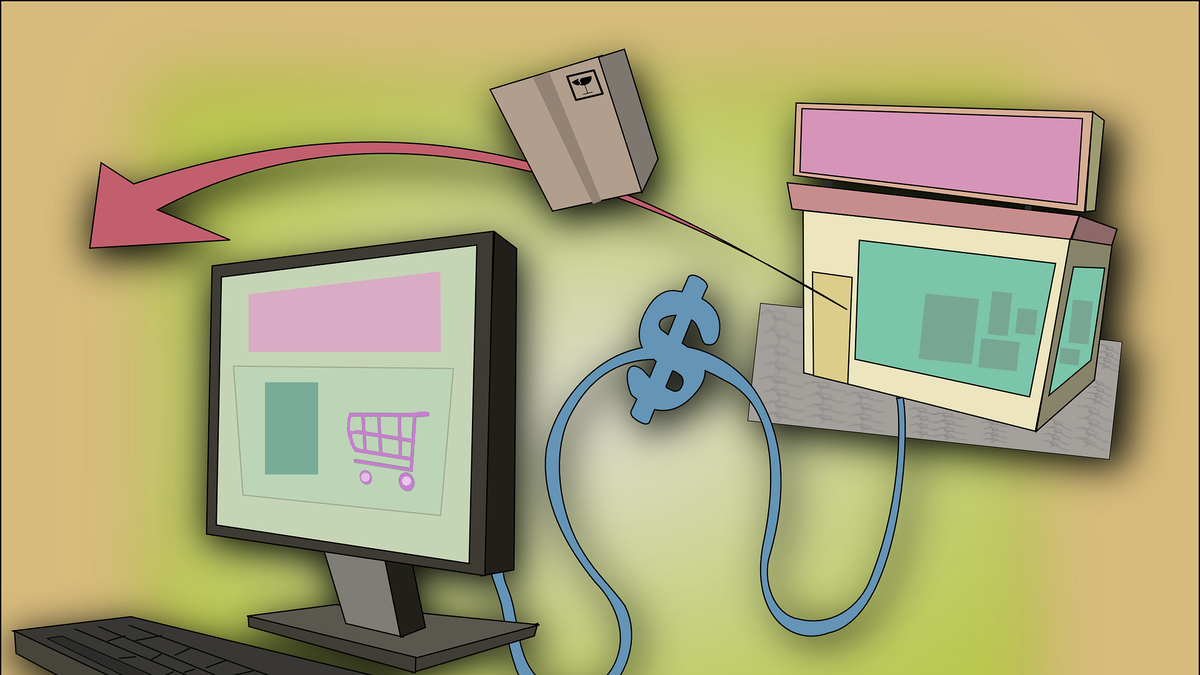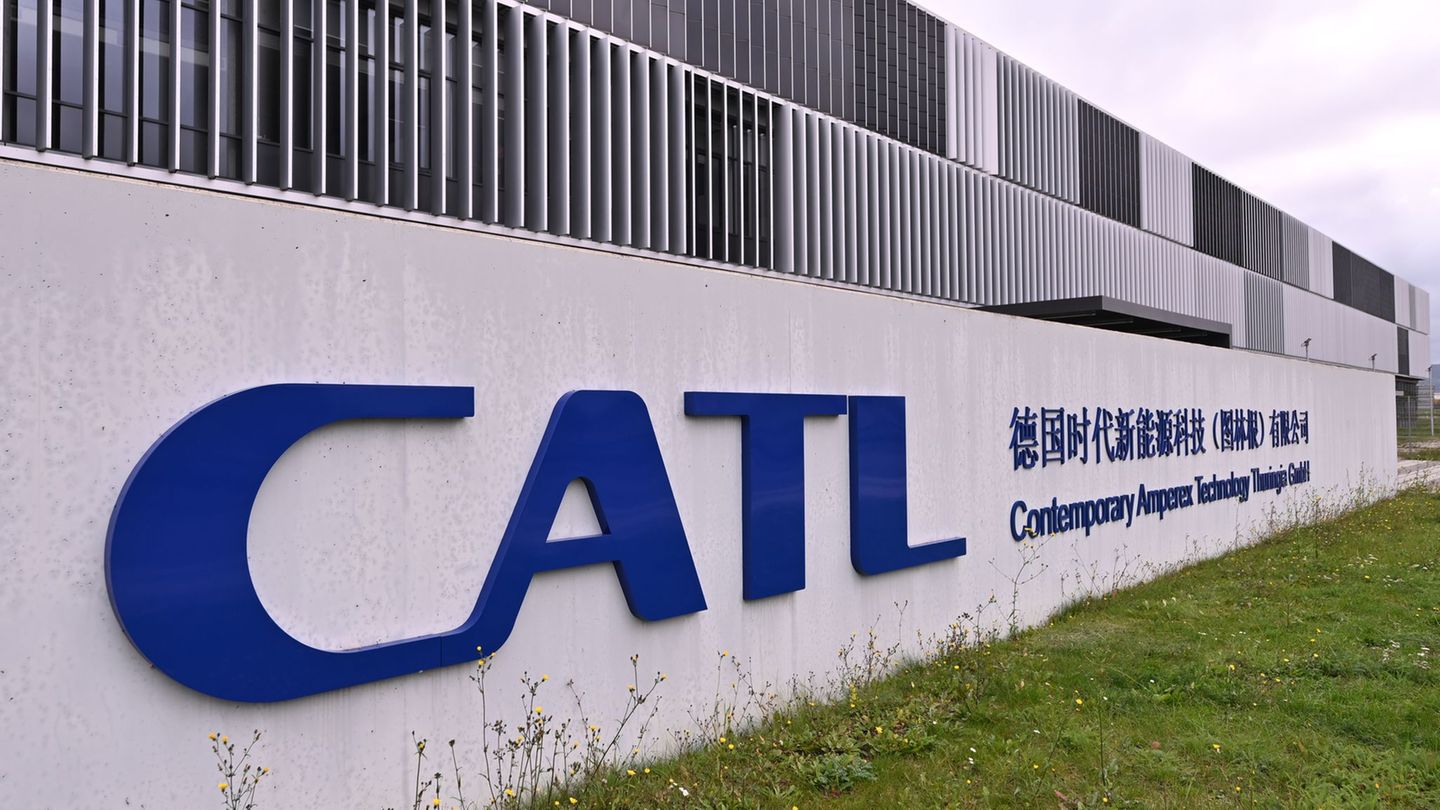Talking about electronic commerce in the construction industry may still sound unusual. However, this digital transformation is already underway. What seemed exclusive to items such as technology or clothing, today also reaches technical materials and constructive solutions.
For a long time, the face -to -face channel dominated the purchase decisions in the sector: the customer went to the point of sale, talked with experts and evaluated the product. But that changed. Pandemia accelerated digital habits, and today both consumers and professionals use online channels to investigate, compare and acquire products from any device, even directly from the work.
In Argentina, the e-commerce market in the home improvement category exceeds 40,000 million pesos, and already represents more than 10% of the retail channel. Although still far from the 24% that represents in the US, this figure reflects great growth potential. On platforms such as Mercado Libre, the category of construction materials grew 24% last year, with products such as waterproofing and sealants leading demand. This confirms that electronic commerce is not a fashion, but a specific opportunity to expand access to quality solutions.
The challenge for companies in the sector is to capture a digitally active consumer, where 67% of online buyers are between 18 and 49 years old. For a strong audience whose audience begins from the age of 30, adapting to this new dynamic requires strategies focused on technical content, user experience and immediate availability.
Being where the client seeks us, when he looks for us and with what he needs today is a key condition to compete. It is not about choosing between physical and digital, and at this point omnichannel becomes central: in the United States, about 30% of construction products are already bought online, with a balance between home delivery and retirement in store. This combination allows us to respond to the needs of convenience, speed and closeness. The important thing is that it is easy, comfortable and reliable for each person, in each country.
E-commerce is not just selling. It is to inform, accompany, educate. In an industry as technical as construction, consumer education is fundamental. Therefore, a pillar of the digital strategy is to generate clear, useful and reliable content that helps people to understand what products they need, how to use them and why choose them. This content has to be everywhere: in the online store, on social networks, on YouTube, in the Marketplace.
In addition, more than 80% of people who want to buy something look first on the Internet. They want to compare, read opinions, see if what they are going to buy really works. And that first search is already part of the purchase process. The digital environment allows you to evaluate all that in minutes.
From Sika, international experience has shown that online sales growth does not depend only on the Consumer DIY (do it yourself, or “do it yourself”). In markets such as the United States, the jump came when adapting the digital offer also to professionals, with presentations designed for work.
If we talk about how e-commerce moves in the region, it is true that the United States has a larger base, more familiarity with digital payments and a giant like Amazon that pushes everything. But Latin America has shown something impressive: we learned to play on the omnichannel much faster. We have been creative, resilient and strategic.
Countries like Peru or Uruguay, which might seem in scale boys, today teach us how to connect channels, how to adapt to the local client, how to integrate digital experience without losing the human touch. And if we talk about referents, Argentina is key. The MercadoLibre and MercadoPago ecosystem caused the country to have a very strong digital culture, long before other larger markets. While Amazon in the US, he just talked about digital wallets, here he was already part of the everyday.
Digital transformation into construction is not just a technological issue: it is strategic. Those who understand the new customer behavior and act with agility can capitalize on an expansion market. Ecommerce is not the future. It is the present. And not participating today is losing ground tomorrow.
Electronic Commerce Manager Sika region
Source: Ambito
David William is a talented author who has made a name for himself in the world of writing. He is a professional author who writes on a wide range of topics, from general interest to opinion news. David is currently working as a writer at 24 hours worlds where he brings his unique perspective and in-depth research to his articles, making them both informative and engaging.




